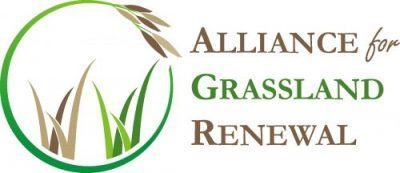In the Spring of 2022, the Tennessee Valley Research and Extension center in Belle Mina, AL decided to plant a field of novel endophyte tall fescue as part of larger project to renovate the tall fescue on the station. We did our research, made a multi-step plan, and set off with our smother crops.

One thing we did not prepare for was a large problem with annual ryegrass the spring after planting. If you have planted perennial forages before, you know that weed control is one of the largest challenges, especially during the year of establishment. Many common herbicides cannot be used on young plants because of concern with damage. Also, treating a grassy weed in a grass field is almost impossible.
Lucky enough for us, we had many of the novel tall fescue gurus at the station for a field day in March and were able to brainstorm options for control. Since there was no herbicide control option, mechanical control became the best option. Annual ryegrass is a prolific reseeder and the 1st goal was to prevent seed head formation. Annual ryegrass will typically produce a seed head in mid-April to mid-May in North Alabama. The 2nd challenge was removing the ryegrass biomass to prevent shading on the new tall fescue.

In a newly established field of tall fescue, ryegrass will have the advantage and typically be at least 6-12 inches taller than the immature tall fescue plants. The height difference allows you to either mow at a higher height (higher the tall fescue plants) or graze lightly.
The second option is more difficult as it requires very close management of livestock but will also remove any ryegrass biomass from the field, where mowing will simply drop the ryegrass residue on top of the tall fescue and could result in shading. Ryegrass is very palatable and as long as cattle are not overstocked, they will typically select for the ryegrass plants in early to mid-Spring. However, grazing should have enough stocking density to clip down the ryegrass in 1-2 days to reduce hoof damage on the young tall fescue plants. This may need to be repeated later in the season if the ryegrass regrowth sufficient.
~ Leanne Dillard and Gerry Thompson
The Alliance for Grassland Renewal is a national organization focused on enhancing the appropriate adoption of novel endophyte tall fescue technology through education, incentives, self-regulation and promotion. For more resources or to learn more about the Alliance for Grassland Renewal, go to www.grasslandrenewal.org
